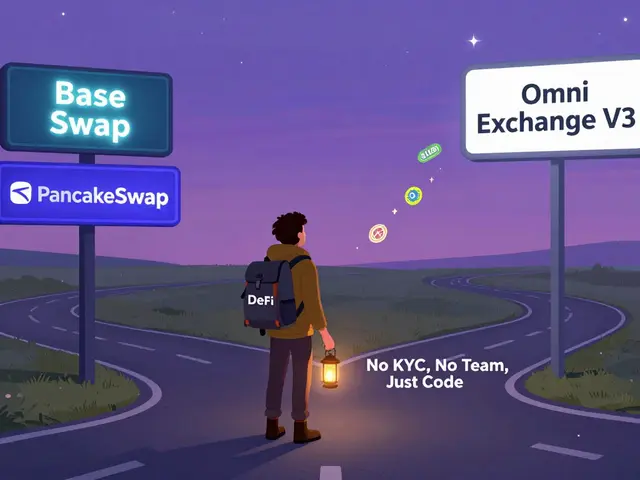Ethereum Staking: How It Works and Why It Matters
When working with Ethereum staking, the act of locking up ETH to help secure the network and earn rewards. Also known as ETH staking, it Ethereum staking enables the blockchain to move from proof‑of‑work to a proof‑of‑stake model, cutting energy use and opening new income streams for holders. Think of it as earning interest on a savings account, but you’re also keeping the network safe. Below you’ll see why the shift matters, who can join, and what you can get out of it.
Key Concepts
First, let’s break down the main pieces. Ethereum a decentralized platform for smart contracts and dApps introduced the beacon chain in 2020, laying the foundation for staking. Validator an entity that proposes and attests to new blocks in the network is the role you take on when you stake. Each validator must lock 32 ETH as a security deposit, run a node, and stay online. In return, the protocol distributes rewards measured in ETH per epoch – typically between 4% and 7% annualized, depending on total participation. The more ETH that’s staked overall, the lower the individual reward, because the system balances security and inflation. That relationship is a classic semantic triple: “Ethereum staking requires validators; validators earn rewards; rewards adjust with total stake.”
Beyond the on‑chain mechanics, the ecosystem offers liquid staking services that issue a token representing your staked ETH. Platforms like Lido or Coinbase Staking let you deposit any amount of ETH, get a tradable receipt token (often called stETH), and still earn staking rewards while using the token in DeFi protocols. This setup creates a new semantic triple: “Liquid staking bridges Ethereum staking and DeFi, enabling yield stacking.” The trade‑off is added smart‑contract risk – if the liquid‑staking provider is hacked, you could lose both the underlying ETH and the receipt token.
For newcomers, the biggest decision is whether to run a solo validator or rely on a pooled service. Solo validation gives you the full reward share but demands technical know‑how, reliable internet, and 32 ETH upfront. Pooled services lower the barrier – you can stake as little as 0.001 ETH – but you’ll share rewards and pay a small fee (usually 5‑10%). Both paths fit different risk appetites and capital constraints. Whatever you choose, remember that improper operation (like frequent downtime) can lead to “slashing,” where a portion of your deposit is burned as a penalty for jeopardizing network security.
Looking ahead, Ethereum’s roadmap continues to evolve. Upcoming upgrades aim to improve reward distribution, reduce validator hardware requirements, and introduce “sharding,” which will split the chain into multiple parallel pieces to boost throughput. As these changes roll out, the yield landscape may shift, and new opportunities – such as staking on layer‑2 solutions – will appear. Keeping an eye on protocol announcements and community dashboards will help you adapt your strategy.
Now that you’ve got the basics – from what Ethereum staking is, to how validators earn, to the role of liquid staking – you’re ready to dive into the deeper guides below. They cover everything from setting up a validator node, comparing the top liquid‑staking platforms, to assessing the tax implications of staking rewards. Browse the collection to find the step‑by‑step advice that matches your skill level and investment goals.
Block Reward vs Transaction Fees: How Crypto Miners Earn Money
Explore how block rewards combine new coins and transaction fees, why fees matter for Bitcoin and Ethereum security, and what the future holds for miners and validators.





